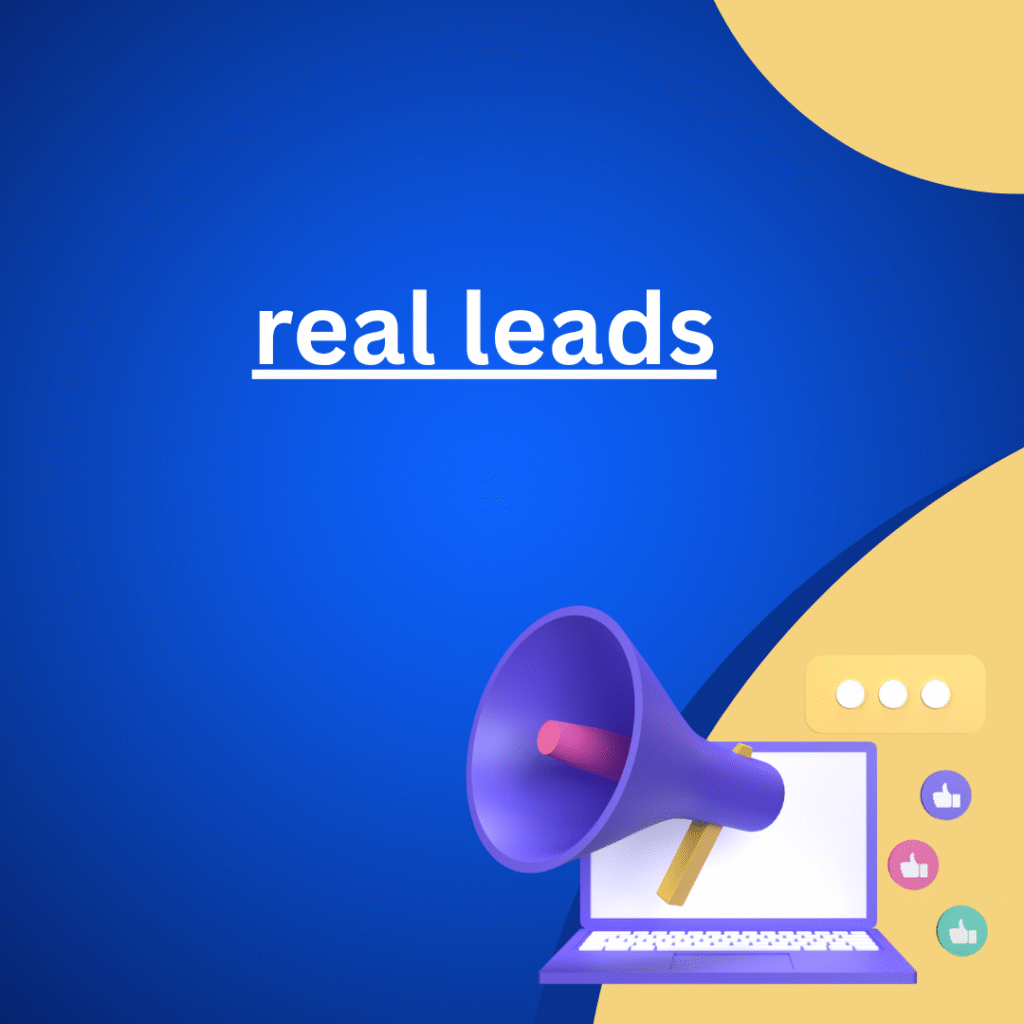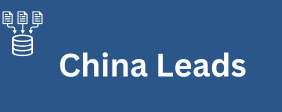In the dynamic landscape of business-to-business (B2B) commerce, the ability to consistently generate high-quality leads is paramount to sustained success. Demand generation, a strategic marketing process focused on building widespread interest and awareness for a company’s products or services, stands at the core of this endeavor. While traditional methods have long dominated, the emergence of innovative channels, particularly text promotion services, presents a powerful new frontier for B2B organizations seeking to amplify their reach and cultivate meaningful connections. This comprehensive article delves into the intricacies of B2B demand generation, with a specific focus on how text promotion services can be strategically integrated to drive unprecedented growth.
B2B demand generation is fundamentally distinct from its business-to-consumer (B2C) counterpart. It often involves longer sales cycles, multiple decision-makers, and a greater emphasis on building trust and demonstrating tangible return on investment. The ultimate goal is not merely to attract attention, but to nurture prospects through the entire sales funnel, converting initial interest into qualified leads and ultimately, loyal customers. Effective demand generation strategies typically encompass a blend of content marketing, search engine optimization (SEO), social media engagement, email campaigns, and increasingly, direct communication channels like SMS.
Understanding the unique challenges and opportunities within the B2B sphere is crucial for crafting impactful demand generation initiatives. latest mailing database Businesses operating in this space often target niche markets, requiring highly specialized messaging and precise audience segmentation. Furthermore, the emphasis is less on immediate gratification and more on long-term relationship building. This necessitates a strategic, multi-touch approach that educates, informs, and builds credibility over time. Therefore, successful B2B demand generation is not a one-off campaign, but rather an ongoing, iterative process of optimization and refinement.
The Evolution of Demand Generation Strategies
Historically, B2B demand generation relied heavily on outbound marketing tactics such as cold calling, direct mail, and trade shows. While these methods once yielded results, their efficacy has diminished significantly in an increasingly digitally-driven world. The rise of the internet and the proliferation of information have empowered B2B buyers to conduct extensive research independently, often before engaging with a sales representative. Consequently, inbound marketing methodologies, centered on attracting customers through valuable content and experiences tailored to their needs, have gained considerable traction.
Inbound strategies include search engine optimization (SEO), content marketing, and social media marketing. SEO ensures that a company’s website and content rank highly in search engine results, making it discoverable to potential customers actively seeking solutions. Content marketing, encompassing blogs, whitepapers, case studies, and webinars, provides valuable information that addresses common pain points and establishes thought leadership. Social media platforms, particularly professional networking sites like LinkedIn, offer avenues for engaging with industry peers, sharing insights, and building brand awareness.

However, even with robust inbound strategies, there remains a need for direct, personalized communication that cuts through the digital noise. Email marketing, for instance, has proven to be a reliable channel for nurturing leads and delivering targeted messages. Yet, email inboxes are often overflowing, and open rates can be inconsistent. This is where the strategic integration of innovative direct communication channels, such as text promotion services, becomes particularly compelling for B2B demand generation.
Why Text Promotion Services are a Game Changer
Text promotion services, primarily leveraging Short Message Service (SMS) and Multimedia Messaging Service (MMS), offer a unique and highly effective channel for B2B demand generation. Unlike email, text messages boast exceptionally high open rates, often exceeding 90% within minutes of delivery. This unparalleled immediacy ensures that your message reaches its intended recipient promptly and is likely to be seen. Furthermore, text messages are concise and to the point, making them ideal for delivering urgent updates, exclusive offers, or direct calls to action.
The personal nature of text messaging also contributes to its effectiveness. While often associated with consumer communication, a well-crafted B2B text message can feel direct and exclusive, fostering a sense of personalized attention. This can be particularly impactful in building rapport and trust with potential clients. Moreover, text promotion services are inherently mobile-first, aligning with the increasingly mobile habits of B2B professionals who are constantly on the go. They can receive and respond to messages from anywhere, at any time, facilitating more agile communication.
The versatility of text promotion services extends beyond simple notifications. They can be used for a variety of demand generation activities, including lead nurturing, event promotion, content distribution, and even direct sales inquiries. For example, a B2B company could send a text message to registrants reminding them of an upcoming webinar, or provide a direct link to download a new whitepaper. This direct access to prospects’ pockets offers an unparalleled opportunity to engage and convert.
Strategic Implementation of Text Promotion in B2B
Successfully integrating text promotion services into a B2B demand generation strategy requires careful planning and adherence to best practices. First and foremost, obtaining explicit consent from recipients is paramount. This ensures compliance with regulations like the Telephone Consumer Protection Act (TCPA) and builds trust with your audience. Opt-in mechanisms should be clear and transparent, allowing individuals to willingly subscribe to your text messages.
Segmentation is another critical aspect. Just as with email marketing, segmenting your B2B audience based on their industry, role, interests, or stage in the buyer’s journey allows for highly targeted and relevant messaging. Sending generic texts to a broad audience will likely result in low engagement and high opt-out rates. Instead, tailor your messages to address specific pain points or offer solutions relevant to each segment. For instance, a software company might send different text messages to IT managers compared to marketing executives.
The content of your text messages should be concise, valuable, and include a clear call to action. Given the character limits of SMS, every word counts. Focus on delivering a single, compelling message that prompts the desired response. This could be to visit a landing page, download a resource, register for an event, or schedule a demo. Always include a clear and easy way for recipients to opt out of future communications, ensuring a positive user experience.
Best Practices for Text Message Content
When crafting your B2B text messages, focus on brevity and impact. Start with a clear identification of your company to avoid confusion. For instance, “[Your Company Name]: Your upcoming webinar reminder…” or “[Your Company Name]: New whitepaper available…” This immediately sets context. The core message should deliver value. This could be a link to a valuable resource, a time-sensitive offer, or a direct invitation to an exclusive event.
The call to action (CTA) is arguably the bulk sms provider cambodia most crucial element. It must be explicit and easy to follow. Use strong action verbs. Examples include “Click here to download,” “Register now,” “Learn more,” or “Reply YES to confirm.” Ensure that the link provided is concise and ideally uses a link shortener to conserve characters. Finally, always include an opt-out option, typically by instructing recipients to “Reply STOP to unsubscribe.” This transparency builds trust and maintains compliance.
Consider the timing of your messages. Sending texts at appropriate business hours, avoiding late nights or early mornings, will generally yield better results and respect your recipients’ time. Testing different send times and analyzing engagement metrics can help optimize your strategy over time. Also, consider the frequency of your messages. Over-texting can be annoying and lead to unsubscribes. Aim for a balance that keeps your audience informed without overwhelming them.
Measuring Success and Optimizing Campaigns
Like any other demand generation initiative, the effectiveness of B2B text promotion services must be rigorously measured and continually optimized. Key performance indicators (KPIs) to track include delivery rates, open rates, click-through rates (CTR), conversion rates, and opt-out rates. High delivery rates indicate good list hygiene. High open and click-through rates suggest that your messages are engaging and relevant. Conversion rates are the ultimate measure of success, indicating how many recipients take the desired action.
Analyzing opt-out rates is equally important. A sudden spike in unsubscribes could signal that your messaging is irrelevant, too frequent, or not providing enough value. Use this feedback to refine your strategy. A/B testing different message variations, calls to action, and send times can help identify what resonates most with your audience. For example, test two different subject lines or two different CTAs to see which performs better.
Furthermore, integrate your text promotion data with your broader CRM Customer Relationship Management system.
This provides a holistic view of your business fax lead prospects’ interactions across various channels, allowing for more informed decision-making and personalized nurturing. By continuously monitoring these metrics and making data-driven adjustments, B2B organizations can maximize the return on investment from their text promotion efforts and drive sustainable demand generation. This iterative process of refinement ensures that your text promotion strategy evolves with your audience and market trends.
